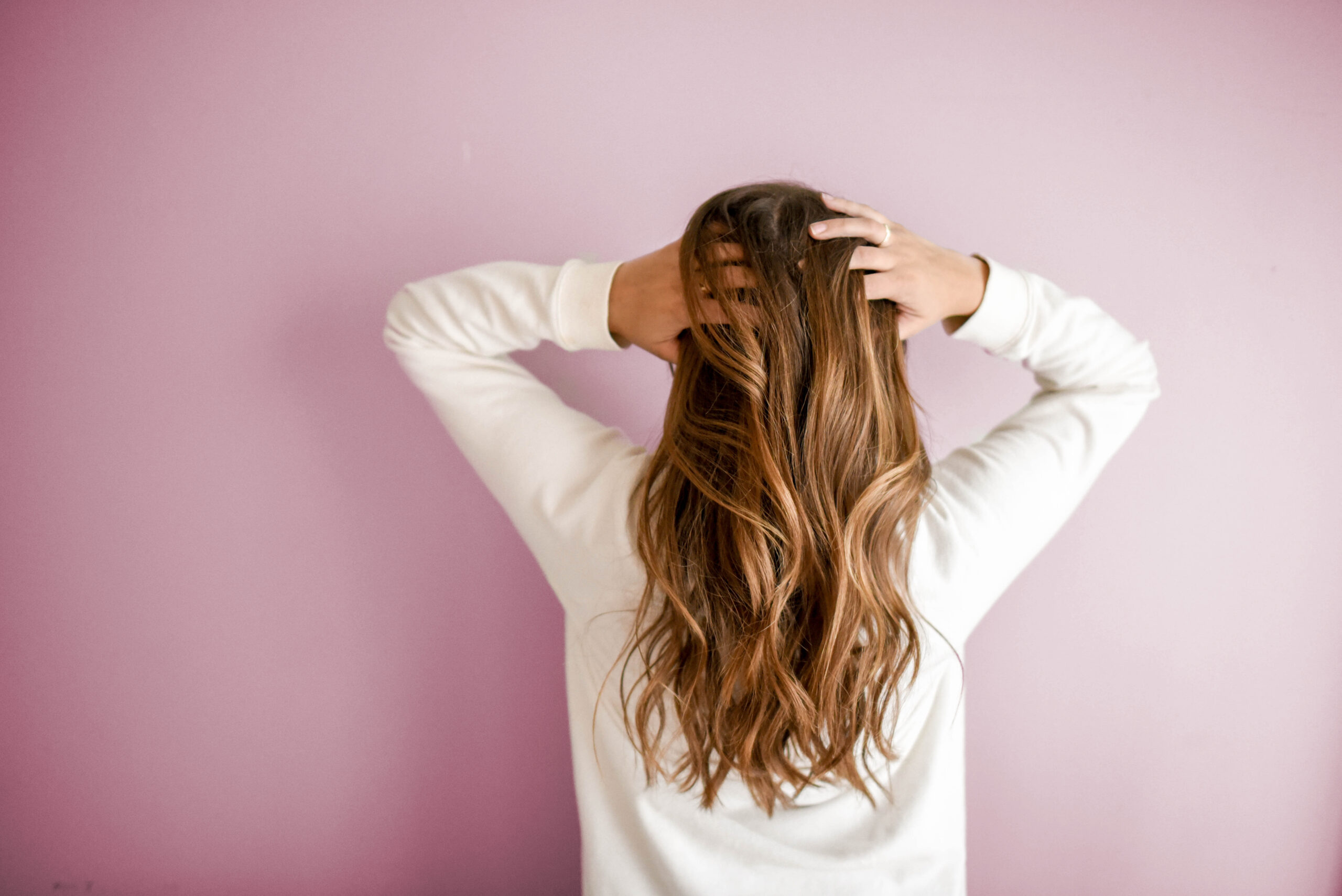What is chemotherapy-induced hair loss?
Title: Understanding Chemotherapy-Induced Hair Loss: A Comprehensive Guide
Introduction:Chemotherapy is a widely used treatment for various types of cancer. While it is incredibly effective in targeting and destroying cancer cells, it can also have significant side effects. One of the most well-known and visible side effects is hair loss. In this blog post, we will explore what chemotherapy-induced hair loss is, why it happens, and how to cope with it.
What is Chemotherapy-Induced Hair Loss?Chemotherapy-induced hair loss, also known as chemotherapy-induced alopecia, refers to the temporary but often emotionally challenging loss of hair during cancer treatment. It can affect the hair on the scalp, eyebrows, eyelashes, and body, depending on the drugs used and the individual’s sensitivity to them.
Why does Chemotherapy cause Hair Loss?Chemotherapy drugs are designed to attack rapidly dividing cells, which include cancer cells. Unfortunately, they also affect healthy cells that naturally divide quickly, such as hair follicle cells. When chemotherapy drugs enter the bloodstream, they can damage or destroy these hair follicle cells, leading to hair loss.
The extent of hair loss varies from person to person and depends on several factors, including the specific drugs used, dosage, treatment duration, and individual sensitivity. Some individuals may experience minimal hair thinning, while others may lose all their hair.
When does Hair Loss Begin?Hair loss usually begins one to three weeks after starting chemotherapy. The initial signs may include increased hair shedding during brushing or washing. Gradually, hair may become thinner, and bald patches or complete baldness can occur. The exact pattern and severity of hair loss can be unpredictable, but it is generally reversible once chemotherapy treatment is completed.
Coping with Chemotherapy-Induced Hair Loss:Hair loss can be emotionally distressing for many individuals undergoing chemotherapy. Here are some practical tips and suggestions to cope with this temporary but significant change:
1. Discuss with your healthcare team: Speak openly with your healthcare provider about any concerns related to hair loss. They can provide guidance, address your questions, and suggest suitable solutions.
2. Be prepared: Consider getting a wig, headscarf, or hat before hair loss begins. This preparation can help you adjust to the new appearance and give you a sense of control.
3. Experiment with head coverings: Explore different head coverings and accessories to find what makes you feel comfortable and confident. Scarves, turbans, and hats can be stylish options for both men and women.
4. Embrace your natural beauty: If going au naturel feels right for you, rock the bald look with confidence. Remember that hair loss is temporary, and your true beauty shines through regardless.
5. Take care of your scalp: During hair loss, it’s essential to maintain good scalp hygiene. Use mild shampoos, avoid excessive heat styling, and gently massage your scalp to stimulate blood flow.
6. Seek support: Join support groups or connect with others who have experienced or are experiencing chemotherapy-induced hair loss. Sharing your journey with like-minded individuals can provide emotional support and reassurance.
Conclusion:Chemotherapy-induced hair loss can be a challenging aspect of cancer treatment, impacting one’s self-image and well-being. Understanding the underlying causes and adopting coping strategies can help individuals navigate this temporary but significant change in their appearance. Remember, hair loss does not define your strength or beauty, and it will eventually regrow once treatment is completed.



